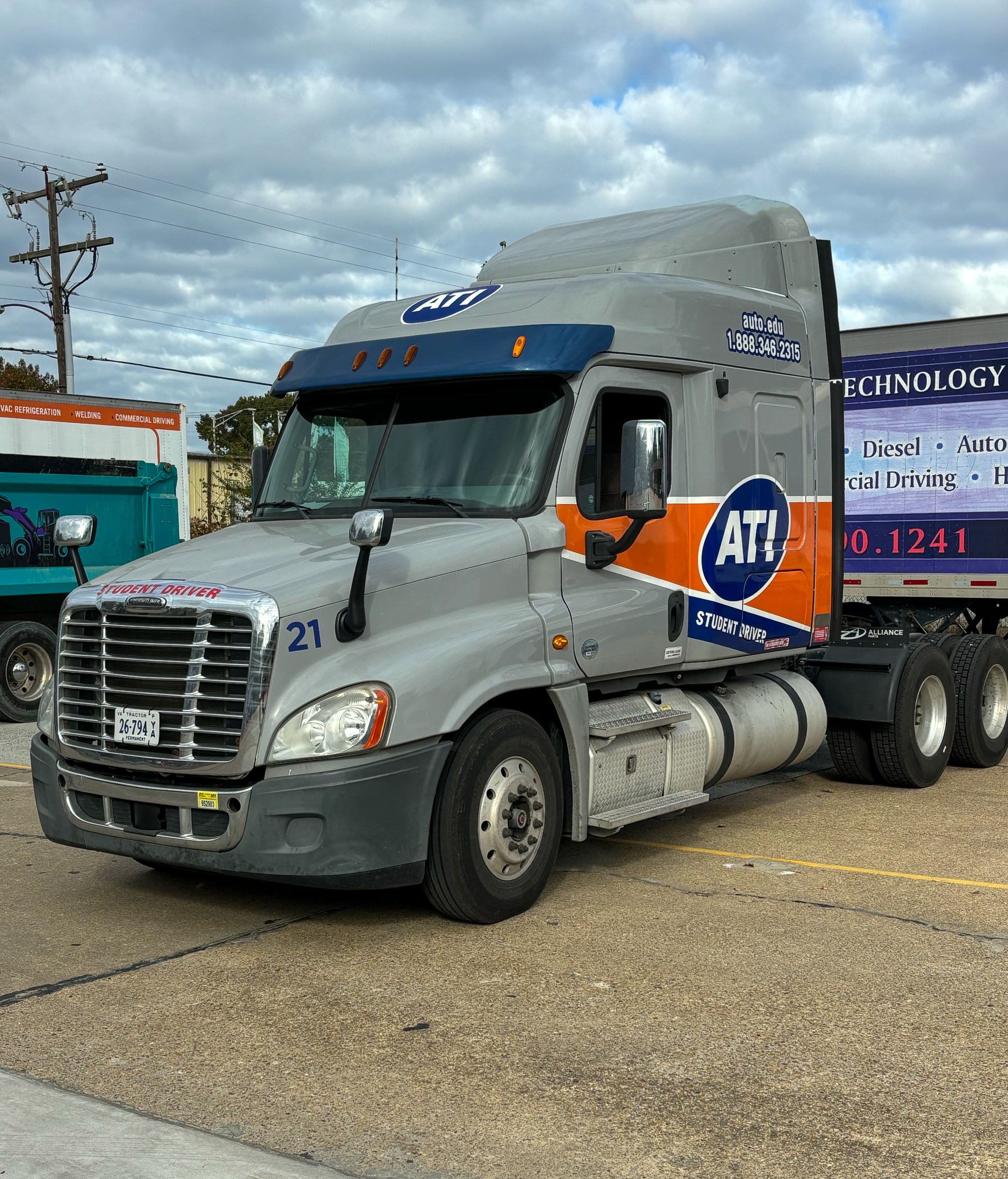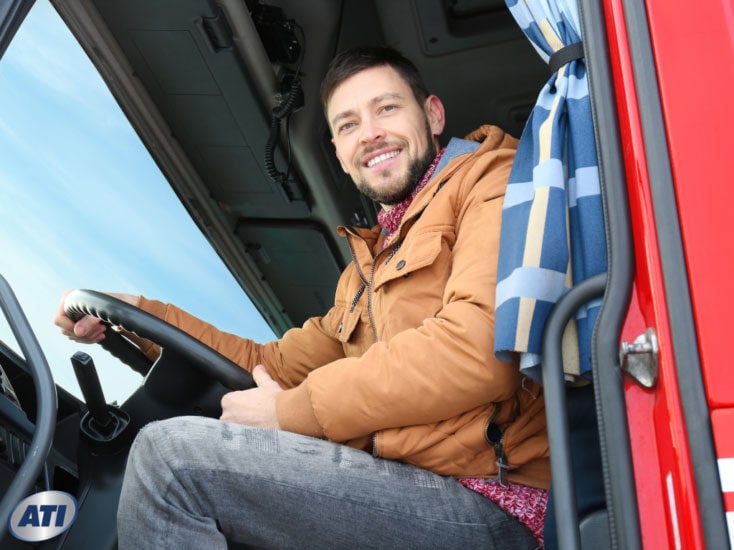What is Commercial Driving?

They have transported gnomes and yachts, chandeliers, and bucking broncos. The shippers competing on A&E’s Shipping Wars are many things, but one thing many of them are not: they are not commercial drivers. To be a commercial driver in the Commonwealth of Virginia, you have to be in a class by yourself, literally. You have to possess a Class A, B, or C Commercial Driver’s License (CDL) and give up your regular Virginia (or out of state) driver’s license. You may want to do that if you enjoy driving the open road, meeting new people, and making a solid living helping keep America moving.
What is a Commercial Driver?
A commercial driver is a professional licensed to operate large or specialized vehicles used for business purposes, such as trucks, buses, or delivery vans. These drivers play a crucial role in keeping goods and people moving across local, regional, and national routes. Whether transporting freight across state lines or safely carrying passengers in a city bus, commercial drivers must adhere to strict safety regulations and often hold a Commercial Driver’s License (CDL) to demonstrate their qualifications. Their responsibilities go beyond driving—they also conduct vehicle inspections, maintain logs, and ensure compliance with transportation laws
What is Commercial Driving?
The Virginia Department of Motor Vehicles regulates CDLs for the state. Commercial driving is safe operation of a commercial vehicle, which the DMV says is:
- “A single vehicle with a gross vehicle weight rating (GVWR) of 26,001 pounds or more
- A combination of vehicles with a gross combination weight rating (GCWR) of 26,001 pounds or more if the vehicle(s) being towed has a GVWR of more than 10,000 pounds
- A vehicle that carries 16 or more passengers, including the driver
- Any size vehicle that transports hazardous materials and that requires federal placarding”
Commercial truck drivers could be over-the-road (OTR), livestock carriers, refrigerated van drivers, or drivers carrying milk, wine, gasoline, or other liquids.
What is a Class A CDL?
Class A — If you intend to drive any combination of vehicles with a gross combination weight rating (GCWR) of 26,001 pounds or more, and the vehicle or vehicles being towed has a gross vehicle weight rating (GVWR) of more than 10,000 pounds, you need a Class A CDL; this classification includes tractor-trailers, truck and trailer combinations, and tractor-trailer buses.
What is a Class B CDL?
Class B — If you are planning to drive any single vehicle with a GVWR of 26,001 pounds or more, or one vehicle with a GVWR of 26,001 pounds or more that will tow another vehicle with a GVWR of 10,000 pounds or less, you need a Class B CDL; vehicles include straight trucks, large buses, segmented buses, and trucks towing vehicles with GVWR of 10,000 pounds or less.
What is a Class C CDL?
Class C — is the most common type of license and allows drivers to operate vehicles designed to transport fewer than 24 passengers including themselves. This includes single vehicles fewer than 26,001 pounds or towing a trailer with a GVWR fewer than 20,001 pounds.Your classification of CDL allows you to also operate anything beneath that class, so a Class A operator can also drive Class B and C vehicles if you have necessary endorsements.
What is a Non CDL Class C License?
For those passionate about hitting the open road for personal exploration or family adventures, without the goal of compensation, a non-CDL offers the perfect gateway. There are three tiers of non-commercial driver’s licenses tailored to your lifestyle needs:
- Non-CDL Class C: This is the entry-level license within the non-CDL spectrum, offering you the freedom to navigate vans designed for fewer than 15 passengers and house cars, including RVs and trailers, up to a cozy 40 feet in length.
- Non-CDL Class B: Elevate your road-tripping experience by steering an RV up to 45 feet with grace, once you secure the necessary endorsements from the Department of Motor Vehicles (DMV). It’s your ticket to broader horizons and more spacious travel.
- Non-CDL Class A: For the ultimate adventure seekers aiming to commandeer RVs beyond 45 feet, this license stands as your hallmark of road mastery, with no DMV endorsements needed. It’s your passport to boundless exploration and unforgettable memories on the open road.
CDL Endorsements
Endorsements allow you to specialize. If you have your heart set on driving tank trucks filled with delicious Virginia wines, you need a CDL tanker endorsement, to drive hazardous materials like oxygen or propane tanks, corrosive chemicals, or fireworks you would need a CDL hazmat endorsement, or if you want to drive passenger vehicles you would need a CDL passenger endorsement.
Why is CDL Training so Important?
An old saying in the trucking industry is, “If you bought it, a truck brought it.” Even with efficient freight rail systems, ships and barges, commercial trucks are the backbone of American industry. The driving public trusts CDL drivers to know their profession.
Formal training helps drivers to appreciate the risks. Road practice and classroom preparation help CDL drivers be prepared for challenges like:
- Low clearances
- Backing up
- Loading docks
- Weighing stations
Today’s reality, reflected in an honest response from a real commercial driver at Indeed.com, is that you cannot even step up into the cab of a commercial truck without going through a truck driving school.
What Benefits Does a CDL Training Program Offer?
How long is a typical commercial tractor-trailer rig? What tire pressure is desirable on an 18-wheeler? What's a commercial driver? Most folks holding personal driver’s licenses in Virginia will not know any of those answers. A CDL commercial driver needs to know all that, and more.
A qualified training program offers new drivers complete instruction in all aspects of commercial driving:
- Vehicle systems
- Documentation, including today’s electronic logbooks
- Operating systems
Go through a tightly controlled training program and you will know what to expect from the 20-foot cab pulling a 53-foot trailer. You will know tire pressure is between 85 and 110 psi, far higher than 32 psi for most personal vehicles.
A good commercial driving school also gives you plenty of road practice, through range and road operations. You learn to back up, turn safely, avoid jackknifing, and more.
At Advanced Technology Institute, you can acquire the skills to earn your CDL in as little as eight weeks. You can test with Virginia’s DMV and be ready to start an entry-level position with any of the dozens of motor freight companies and shippers operating in the Old Dominion.
Industry Knowledge
Welcome to the Advanced Technology Institute's Blog, your resource for industry insights and discussions on technologies shaping the future of automotive, heavy vehicle, hvac, welding, and other related career paths.
Explore how ATI's curriculum and hands-on learning opportunities can propel your career in the tech-driven world.



